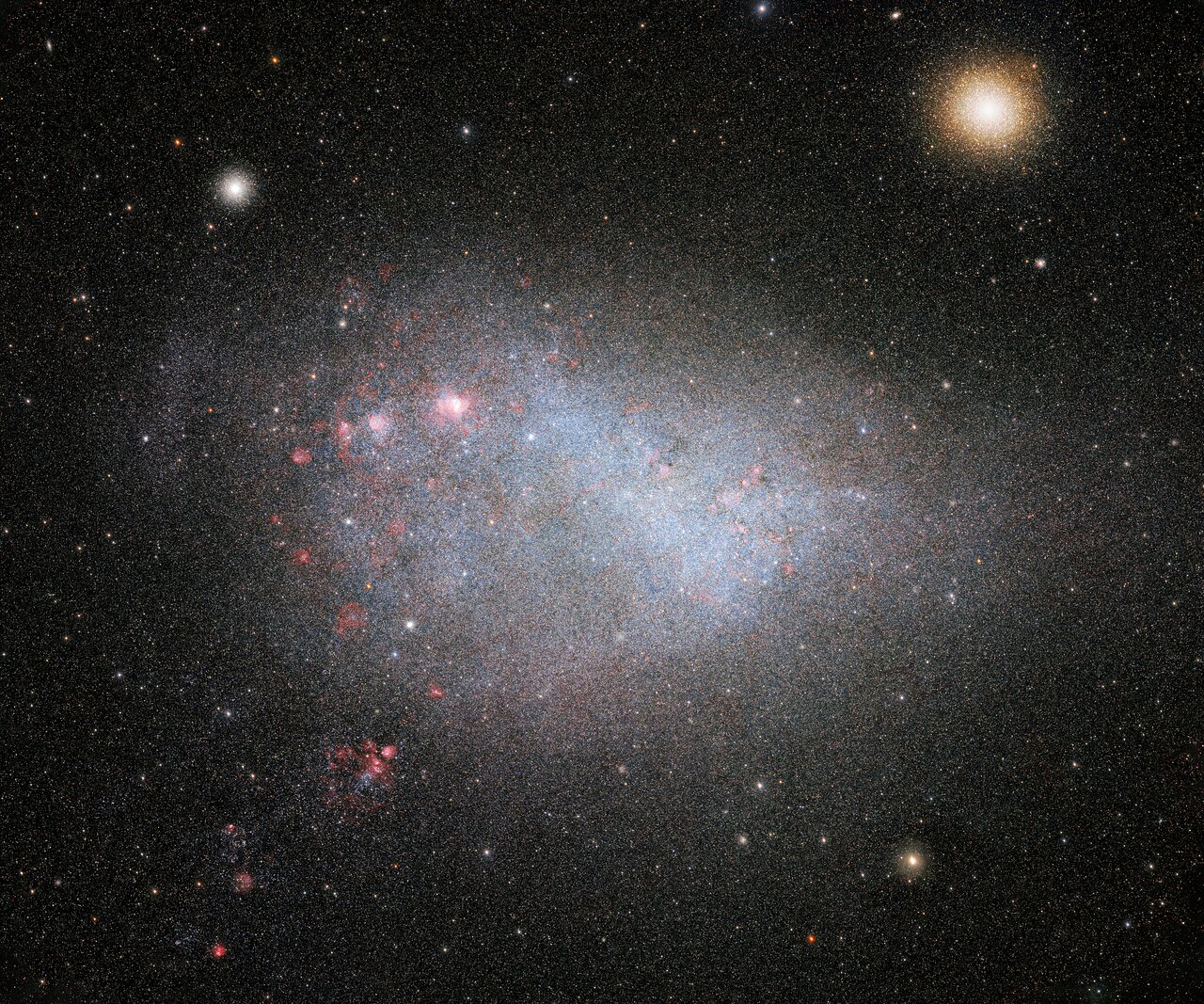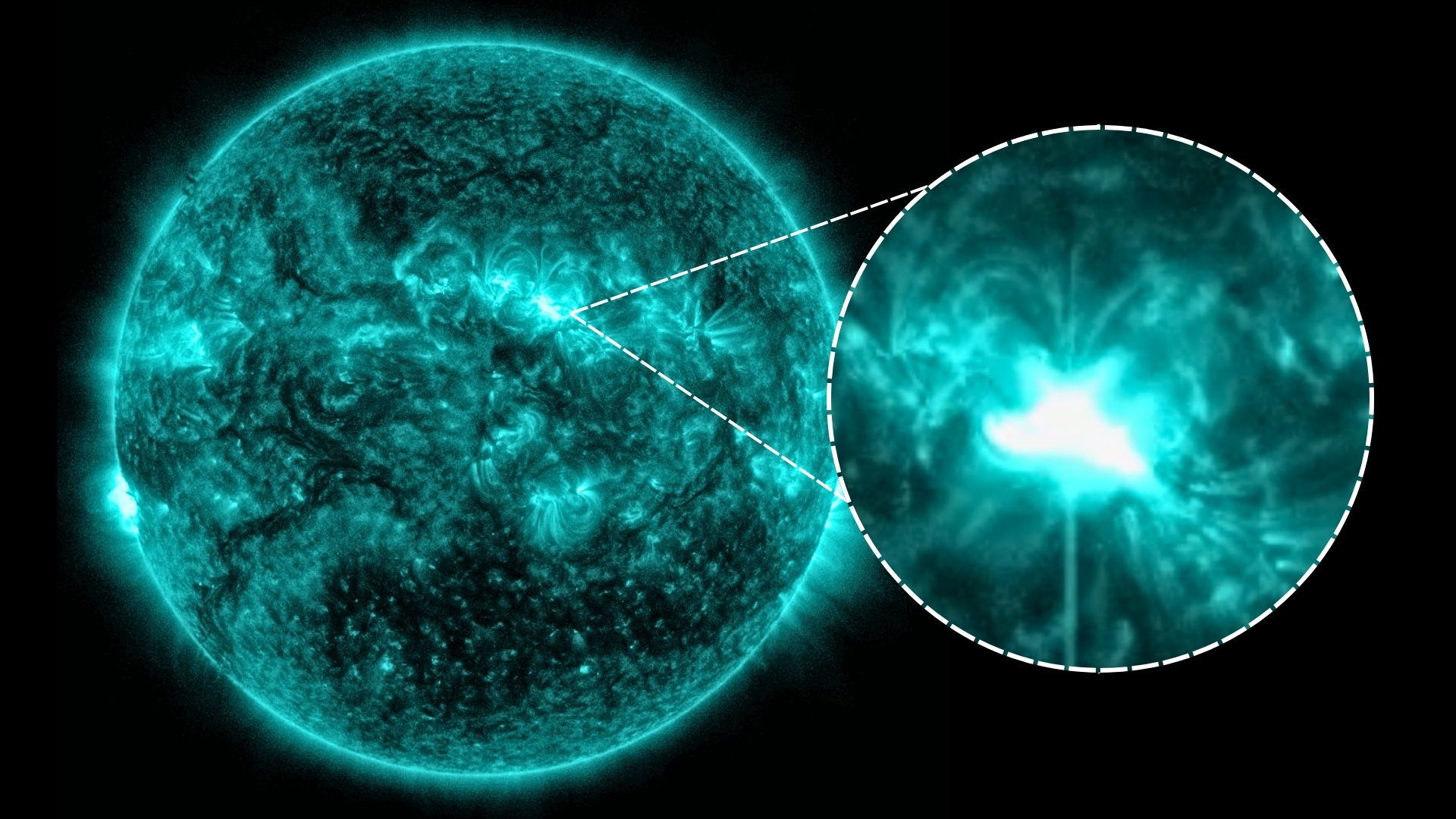Dark energy camera takes hyper-detailed images of nearby dwarf galaxies
An international team of astronomers revealed exquisite images of the Large and Small Magellanic Clouds, taken by a dark energy camera.
New, stunningly detailed images of the Large and Small Magellanic Clouds may revolutionize our understanding of the stars making up these two dwarf galaxies.
The Large and Small Magellanic Clouds are a pair of dwarf galaxies that neighbor our Milky Way. Their proximity means these satellite galaxies allow astronomers to investigate how such galaxies are formed, particularly since the Magellanic Clouds are still actively and rapidly forming stars.
These new images and videos are part of the second data drop from the Survey of the Magellanic Stellar History (SMASH), the most extensive survey of the Magellanic Clouds yet. The data include roughly 4 billion measurements of 360 objects using the Dark Energy Camera (DECam) at the Cerro Tololo Inter-American Observatory in Chile.
Video: Large and Small Magellanic Clouds in most detailed imagery yet
Related: After a slow start, Milky Way's neighbors have upped their star-forming game

"These are beautiful multicolor images of the Milky Way's nearest neighboring galaxies," Glen Langston, National Science Foundation program officer, said in a statement from the NSF. "Through the care the dedicated team has taken, they give us a remarkable view of the 13-billion-year history of star formation in these galaxies."
The SMASH survey required about 50 nights of observations completed by an international team of astronomers. The recent release focuses on the central and most complex areas of the Magellanic Clouds. These clouds pose a bit of trouble for astronomers: because the structures are so close to our galaxy, they cover a large area of the sky. DECam's huge field of view broke through the challenge of mapping objects so close to us and captured details from some of the most interesting parts of the Magellanic Clouds.
Among the new dataset is evidence that the pair of galaxies collided with each other in the recent past, sparking a new bout of intense star formation.
Breaking space news, the latest updates on rocket launches, skywatching events and more!
Long-term, the SMASH astronomers hope to use the information they find about the history of star formation in the Magellanic Clouds to create a "movie" about how these galaxies evolved over time. The researchers also plan to ask citizen scientists to help find star clusters and measure the metal content of stars in these galaxies.
The second dataset from SMASH will be made available to the astronomical community at large through Astro Data Lab and the Astro Data Archive.
Follow Kasandra Brabaw on Twitter @KassieBrabaw. Follow us on Twitter @Spacedotcom and on Facebook.
Join our Space Forums to keep talking space on the latest missions, night sky and more! And if you have a news tip, correction or comment, let us know at: community@space.com.

Kasandra Brabaw is a freelance science writer who covers space, health, and psychology. She's been writing for Space.com since 2014, covering NASA events, sci-fi entertainment, and space news. In addition to Space.com, Kasandra has written for Prevention, Women's Health, SELF, and other health publications. She has also worked with academics to edit books written for popular audiences.
